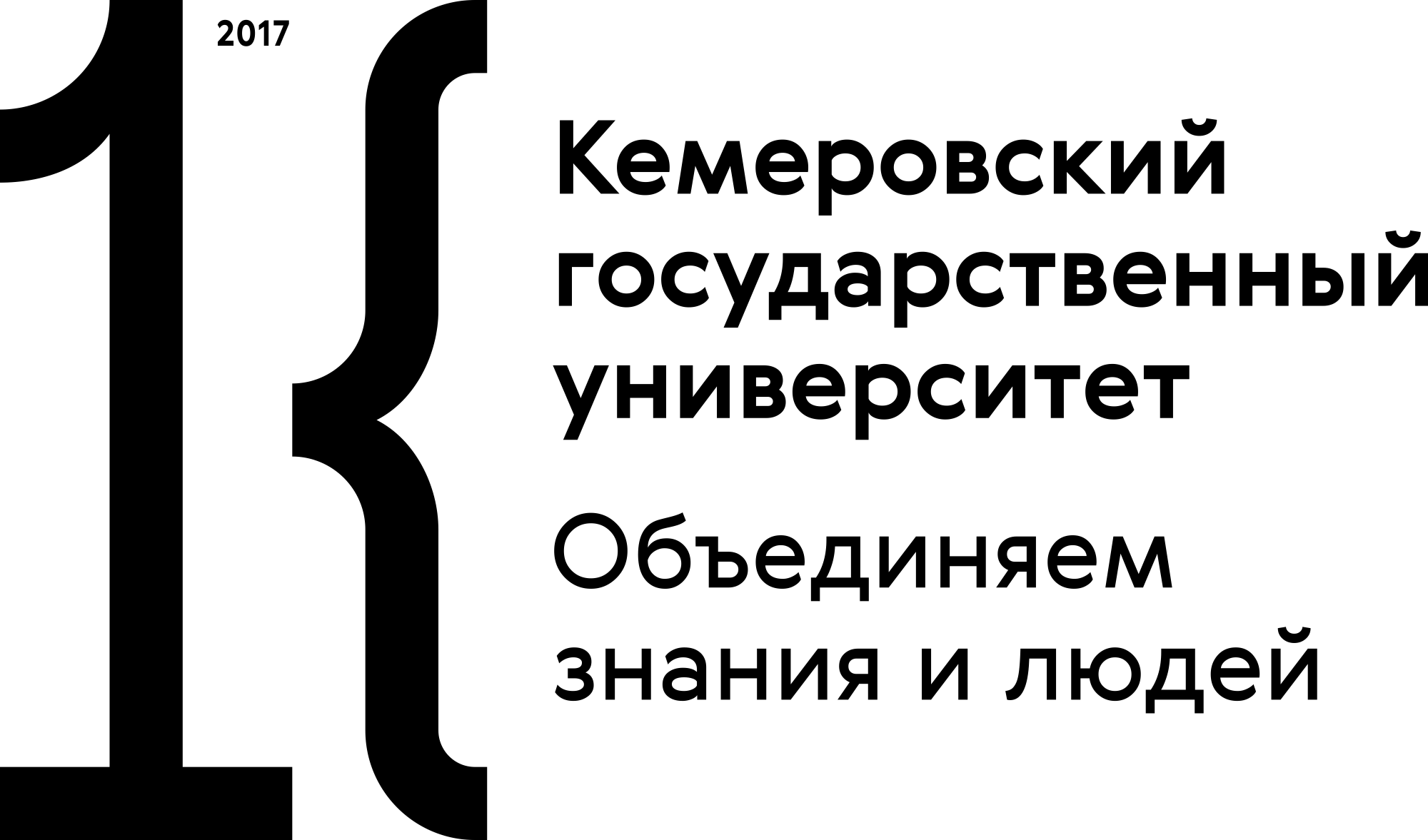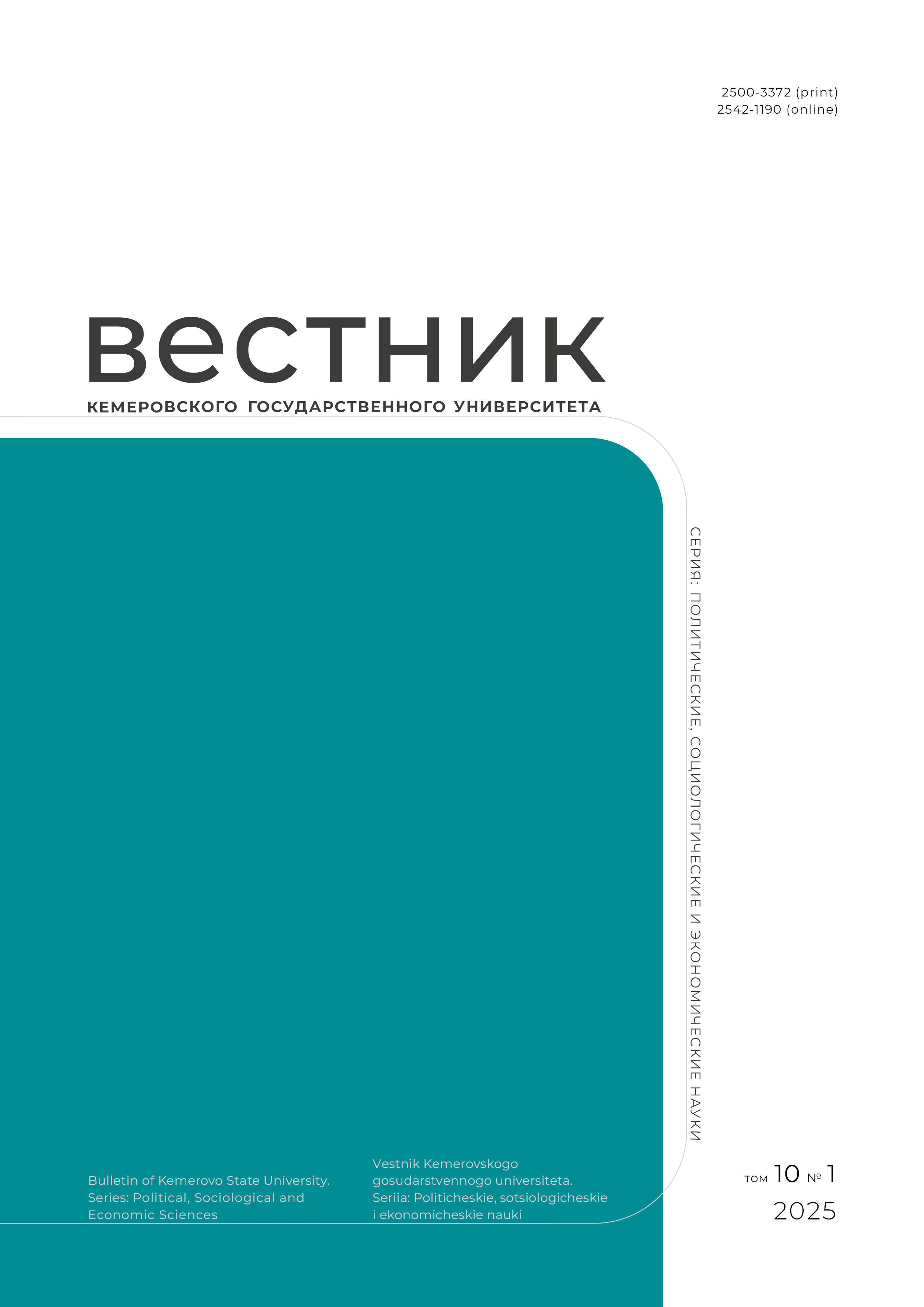Kemerovo, Kemerovo, Russian Federation
Kemerovo, Russian Federation
In the new conditions, it is necessary to rethink the concepts and models of various subsystems of the national economy’s activity, including small and medium-sized businesses, which makes study of the experience of the Islamic Republic of Iran as a resource country facing a high level of economic sanctions relevant. The aim of the article is to identify the features of the small and medium-sized enterprises’ activities of the Islamic Republic of Iran. The authors use methods of economic analysis, system-structural approach. The article establishes that the criterion for the classification of small and medium-sized enterprises is only the number of employees. Due to high inflation, the criteria of revenue and assets are not applied, industry affiliation is not taken into account. A significant proportion of small and medium-sized enterprises develop by replacing inaccessible goods and technologies, which leads to them having certain features. Firstly, small and medium-sized enterprises provide up to a third of the GDP of the Islamic Republic of Iran. At the same time, the falling behind of small and medium-sized enterprises in labor productivity is lower than in countries with mature market economies. Under the sanctions, a significant part of small and medium-sized enterprises of the Islamic Republic of Iran produce alternative imported products with high added value within the framework of small-scale production. However, the export potential of these products is limited. The specific ways of supporting small and medium-sized enterprises include the focus on the value chains creation (rather than the establishment of new enterprises) and the development of subcontract relations.
entrepreneurship, small and medium enterprises, Islamic Republic of Iran, technological sovereignty, resource economy, economic sanctions, foreign experience
1. Schumpeter J. The theory of economic development. M.: Progress, 1982, 355 (In Russ.)
2. Birch D. Job creation in America: how our smallest companies put the most people to work. N. Y.: Free Press, 1987, 244.
3. Orekhova S. V., Kislitsyn E. V. Total factor productivity in the Russian industry: small vs large enterprises. Journal of the New Economy, 2019, 20(2): 127-144. (In Russ.) https://doi.org/https://doi.org/10.29141/2073-1019-2019-20-2-8
4. Korchagin R. L. Specifics of evolution technological entrepreneurship in developing and transitional countries. Innovation, 2020, (12): 63-70. (In Russ.) https://doi.org/10.26310/2071-3010.2020.266.12.008
5. Komolov O. O. Big and small business: role and place in the modern economy. Economic Revival of Russia, 2015, (4): 156-167. (In Russ.) https://www.elibrary.ru/vhgsvb
6. Sharfaei S., Ong J. W., Ojo A. O. The impact of industry forces on international SME performance in Iran: the mediating effect of competitive advantage. Administrative Sciences, 2022, 12(4). https://doi.org/10.3390/admsci12040132
7. Talebi K., Tajeddin M. The adoption of new and innovative knowledge by small and medium enterprises of Iran: opportunities and constraints for growth. African Journal of Business Management, 2011, 5(1): 39-49.
8. Samadzad S., Hashemi M. Analyzing success factors of small and medium enterprises (SMEs): a study in Iranian context. International journal of Innovation in Management, Economics and Social Science, 2022, 2(1): 43-51. https://doi.org/10.52547/ijimes.2.1.43
9. Jalali A., Jaafar M., Ramayah T. Organization-stakeholder relationship and performance of Iranian SMEs: Examining the separate mediating role of innovativeness and risk-taking. International Journal of Islamic and Middle Eastern Finance and Management, 2020, 13(3): 417-436. https://doi.org/10.1108/IMEFM-11-2018-0407
10. Salouneh S., Saketi P., Purmahdi K. Investigating strategies for growth Iranian women’s small and medium enterprises market. Consumer Behavior Studies Journal, 2020, 7(1): 47-71. (In Persian) https://doi.org/10.34785/J018.2020.732
11. Pourmirza H., Roosta A., Heidarzadeh K., Abdolvand A. Development of export readiness evaluation pattern for Iranian small and medium size enterprises. Journal of Business Management Perspective, 2020, 19(41): 79-100. (In Persian) https://doi.org/10.52547/jbmp.19.41.79
12. Dastjerdi D. S., Tayebi S. K., Elahi N. The effect of economic growth rate uncertainty on financing small and medium enterprises in Iran. International Journal of Business and Development Studies, 2020, 12(1): 57-71. https://doi.org/10.22111/ijbds.2020.5437
13. Seyyedamiri N., Karimi A., Khosravi S. S., Ghamkhar S. Creative advertising and business performance: an investigation of small and medium-sized enterprise in the traditional Iranian food industry. Journal of Foodservice Business Research, 2021, 24(1): 74-100. https://doi.org/10.1080/15378020.2020.1848261
14. Arasti Z., Zandi F., Bahmani N. Business failure factors in Iranian SMEs: do successful and unsuccessful entrepreneurs have different viewpoints? Journal of Global Entrepreneurship Research, 2014, 4. https://doi.org/10.1186/s40497-014-0010-7
15. Sarvari H., Chan D. W. M., Alaeos A. K. F., Olawumi T. O., Aldaud A. A. A. Critical success factors for managing construction small and medium-sized enterprises in developing countries of Middle East: evidence from Iranian construction enterprises. Journal of Building Engineering, 2021, 43. https://doi.org/10.1016/j.jobe.2021.103152
16. Hakaki A., Nikabadi M. S. A hybrid fuzzy approach to success in e-commerce adoption in Iranian manufacturing SMEs. Asian Academy of Management Journal, 2022, 27(1): 175-197. https://doi.org/10.21315/aamj2022.27.1.8
17. Naddaf M., Ebrahimi A., Jamali A. Identifying key factors in the technology development of Iranian non-government sector. Iranian Journal of Trade Studies, 2015, 14(56): 195-233. (In Persian)
18. Mahdinia M. H., Daneshvar M. R. M. Assessment of innovative strategies to improve the tourism sector in Iran. SN Business & Economics, 2022, (2). https://doi.org/10.1007%2Fs43546-022-00365-5
19. Farani Y. A., Fatemeh S., Gholamrezai S., Azadi H., Nazemi N. Impacts of COVID-19 pandemic on micro and small enterprises: evidence from rural areas of Iran. Frontiers in Public Health, 2022, 10. https://doi.org/10.3389/fpubh.2022.844825
20. Van Auken H. E., Ardakani M. F., Carraher Sh., Avorgani R. K. Innovation among entrepreneurial SMEs during the COVID-19 crisis in Iran. Small Business International Review, 2021, 5(2). https://doi.org/10.26784/sbir.v5i2.395
21. Benis A. R. The impact of small and medium-sized enterprises on economic growth in Iran. Global Journal of Management and Business Research, 2014, 14(2): 59-65.
22. Cheratian I., Goltabar S., Farzanegan M. R. Firms persistence under sanctions: micro-level evidence from Iran. The World Economy, 2023, 00: 1-42. https://doi.org/10.1111/twec.13378
23. Jalali A. The mediating role of entrepreneurial orientation between relational capital and firm performance: evidence from Iranian SMEs. International Journal of Asian Business and Information Management, 2023, 14(1). https://doi.org/10.4018/IJABIM.318338
24. Setayesh H., Memarnejad A., Kiani K. H., Torabi T. Explaining the factors affecting the growth of small and medium-sized enterprises’ value added in Iranian economy. The Journal of Economic Studies and Policies, 2020, 6(2): 189-206. (In Persian)
25. Rogova K. V. Effect of regional economic development on small and medium-sized enterprises: modern concept of the dependency. Vestnik Kemerovskogo gosudarstvennogo universiteta. Seriia: Politicheskie, sotsiologicheskie i ekonomicheskie nauki, 2022, 7(3): 378-394. (In Russ.) https://doi.org/10.21603/2500-3372-2022-7-3-378-394
26. Kozyrev N. I. Iranian economy: yesterday, today, tomorrow. Vestnik Diplomaticheskoi akademii MID Rossii. Rossiia i mir, 2016, (2): 129-147. (In Russ.) https://www.elibrary.ru/wknuxv
27. Yurtaev V. I. Iran in situation of the sanction regime transformation. Outlines of global transformations: politics, economics, law, 2017, 10(2): 66-80. (In Russ.) https://doi.org/10.23932/2542-0240-2017-10-2-66-80
28. Sitkevich D. A., Starodubrovskaya I. V. Short - and long-term effects of sanctions: evidence from Iran and Yugoslavia. Issues of Economic Theory, 2022, (3): 77-98. (In Russ.) https://doi.org/10.52342/2587-7666VTE_2022_3_77_98
29. Rasoulinezhad E., Motamedi Sedeh F. The Iranian model of the resistance economy: lessons and recommendations for Russia. Vestnik Zabaikalskogo gosudarstvennogo universiteta, 2022, 28(8): 132-142. https://doi.org/10.21209/2227-9245-2022-28-8-132-142
30. Rozenberg A. V. Iranian scenario of anti-Russian sanctions - preliminary analysis of the vulnerability of the major Russian banks. Bulletin of the South Ural State University. Ser. Economics and Management, 2022, 16(4): 15-20. (In Russ.) https://doi.org/10.14529/em220402
31. Rogova K. V. Comparative analysis of the criteria for small and medium-sized enterprises in the world economy. Youth and science: Proc. Intern. Sci.-Prac. Conf., Nizhny Tagil, 27 May 2022. Nizhny Tagil: STI UFU, 2022, 519-521. (In Russ.) https://www.elibrary.ru/miteax

















